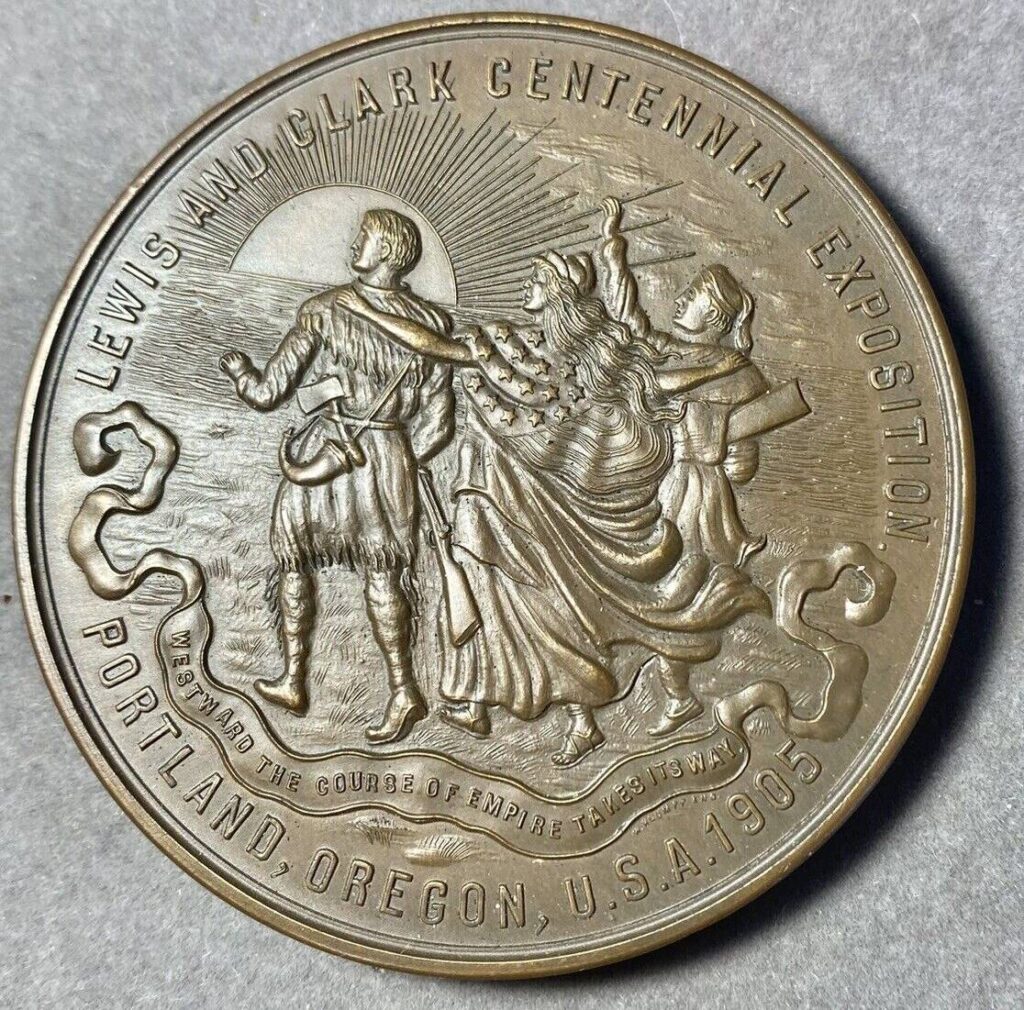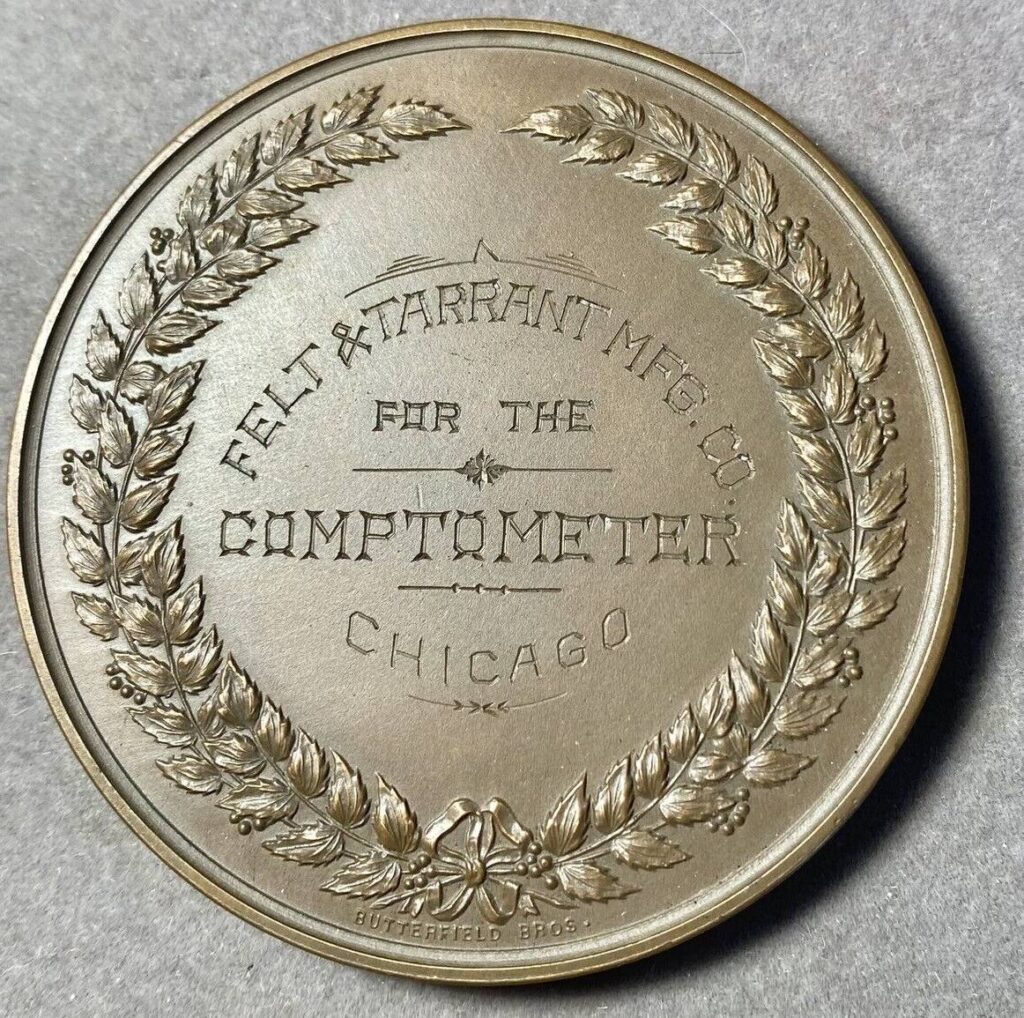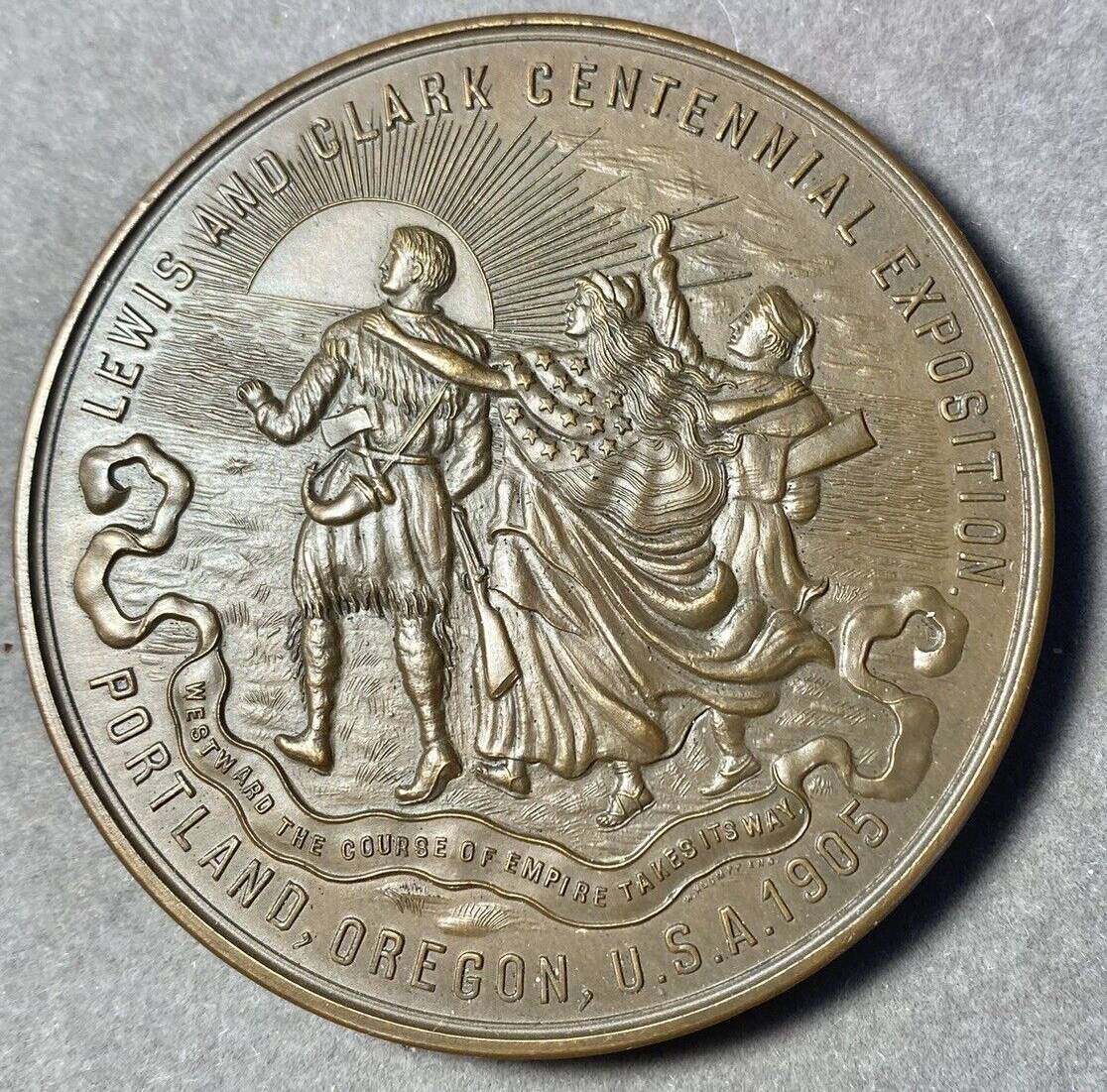Welcome to our dedicated exploration of the 1905 Lewis and Clark Centennial Exposition medals, a pivotal event held in Portland, Oregon, to commemorate the 100th anniversary of the Lewis and Clark Expedition. This exposition not only celebrated the historic journey of exploration across the American continent but also marked a moment of pride and progress for the Pacific Northwest. Through this page, we delve into the exquisite medals awarded at the event, each a piece of art that captures the spirit of discovery and the essence of early 20th-century craftsmanship.
The 1905 Lewis and Clark Centennial Exposition brought together innovations, cultures, and the rich tapestry of American history, showcasing it to a world audience. The medals from this exposition are more than just collectibles; they are storied relics that commemorate the achievements of the fair’s participants and the enduring legacy of Lewis and Clark’s journey. As we uncover the stories behind the gold, silver, and bronze medals—alongside any special issue commemoratives—we invite you to journey back to an exposition that celebrated not only a historical milestone but also the burgeoning identity and potential of the Pacific Northwest.
At the 1905 Lewis and Clark Centennial Exposition, a variety of award medals were issued to honor the contributions of exhibitors across numerous categories, celebrating innovation, craftsmanship, and cultural achievements aligned with the spirit of exploration and progress. Reflecting the traditional hierarchy of recognition, the exposition awarded medals in three primary categories: gold, silver, and bronze.
Gold Medals were bestowed upon exhibits deemed to be of the highest excellence, showcasing groundbreaking innovation or superior craftsmanship.
Silver Medals recognized significant achievements that demonstrated notable quality and innovation, standing out within the exposition’s diverse displays.
Bronze Medals were awarded to exhibits that met the exposition’s standards of quality and offered commendable contributions to their respective fields.
The exact number of medals issued is not readily available in broad historical summaries and would likely require detailed archival research for precise figures. However, it’s customary for such events to issue hundreds of medals across the various categories to adequately honor the achievements of the many participants.
These medals, each a work of art in its own right, served not only as a form of recognition for the recipients but also as tangible mementos of the exposition, capturing the essence of an event that celebrated a landmark moment in American history.
Example of a Bronze Award Medal from the 1905 Portland Expo

This bronze award medal from the 1905 Lewis and Clark Centennial Exposition vividly captures the pioneering spirit of the famous explorers it commemorates.
The obverse features the standing figures of Meriwether Lewis and William Clark, portrayed in high relief against a backdrop radiating with the rays of a setting or rising sun. This imagery symbolizes the dawn of a new era of expansion and discovery that the explorers ushered in.
The inscription “LEWIS AND CLARK CENTENNIAL EXPOSITION” arches over the top, with the date “1905” anchoring the bottom edge. The phrase “WESTWARD THE COURSE OF EMPIRE TAKES ITS WAY,” emblazoned along the lower curve, is a powerful statement that echoes the sentiments of Manifest Destiny and the nation’s westward expansion. The medal’s design and inscriptions evoke a sense of adventure and the fulfillment of the nation’s manifest destiny, making it not only a collector’s piece but also a commemorative token that celebrates a pivotal moment in American history.
The location “PORTLAND, OREGON, U.S.A.” is prominently featured, marking the exposition’s setting and grounding this significant event in its specific geographical context. The detail and artistry of the medal serve as a testament to the legacy of Lewis and Clark and the continued spirit of exploration and innovation that the exposition sought to highlight.

The reverse side of the bronze award medal from the 1905 Lewis and Clark Centennial Exposition is elegantly simplistic, highlighting the recognition of achievement.
It features a central inscription, indicating the recipient or possibly the sponsor of the medal. Encircling the central text is a beautifully detailed laurel wreath, a classical symbol of victory and honor, which neatly frames the inscription. At the bottom, tied with a bow, the wreath meets, completing the traditional design element common in award medals. This design choice reinforces the prestige of the award and the honor bestowed upon the recipient. The border’s simplicity ensures that the focus remains on the accolade and the esteemed recipient.
Notable Recipients of Award Medals
The 1905 Lewis and Clark Centennial Exposition, a celebration of the United States’ westward expansion, brought forth many notable recipients whose contributions were commemorated with prestigious medals. Here we profile a selection of these distinguished awardees, shedding light on their historical significance.
Felt & Tarrant Manufacturing Company
Awarded for their innovative Comptometer, the world’s first commercially successful key-driven mechanical calculator, Felt & Tarrant exemplified the spirit of innovation the exposition celebrated. Their device revolutionized business operations and is considered an important precursor to the modern computing age.
Butterfield Brothers
As the creators of the elaborate medal itself, Butterfield Brothers were celebrated for their artistry and craftsmanship. Their contribution to the exposition was dual: providing a means to honor others and demonstrating the sophisticated state of American manufacturing and design.
Exhibitors from the Palace of Agriculture
These exhibitors were recognized for showcasing the latest advancements in agricultural technology and practices. Their contributions underscored the centrality of agriculture to the nation’s economy and the rapid modernization of the field.
Artisans from the Palace of Liberal Arts
Medal recipients from this group highlighted the creative spirit of the early 20th century. Their works, whether in fine arts, crafts, or design, offered a window into the cultural landscape of the time and received accolades for their innovation and beauty.
Participants from the Forestry Building
These individuals or organizations were honored for their role in promoting sustainable forestry practices and conservation efforts. As stewards of the environment, their presence and recognition at the exposition underscored the growing importance of environmental conservation in the national consciousness.
Each medal recipient, whether an individual, a company, or an exhibit, played a part in the rich tapestry of the Lewis and Clark Centennial Exposition. Their legacies, encapsulated in the medals they received, continue to inspire and remind us of the 1905 fair’s role in heralding a new chapter in American industry, culture, and exploration.
Dates and Attendance of the Portland Exposition
The Lewis and Clark Centennial Exposition, also known as the Portland World’s Fair, was held in Portland, Oregon, to celebrate the centenary of the Lewis and Clark Expedition. The exposition ran from June 1 to October 15, 1905. As for attendance, it is recorded that the fair attracted over 2.5 million visitors during its run.
